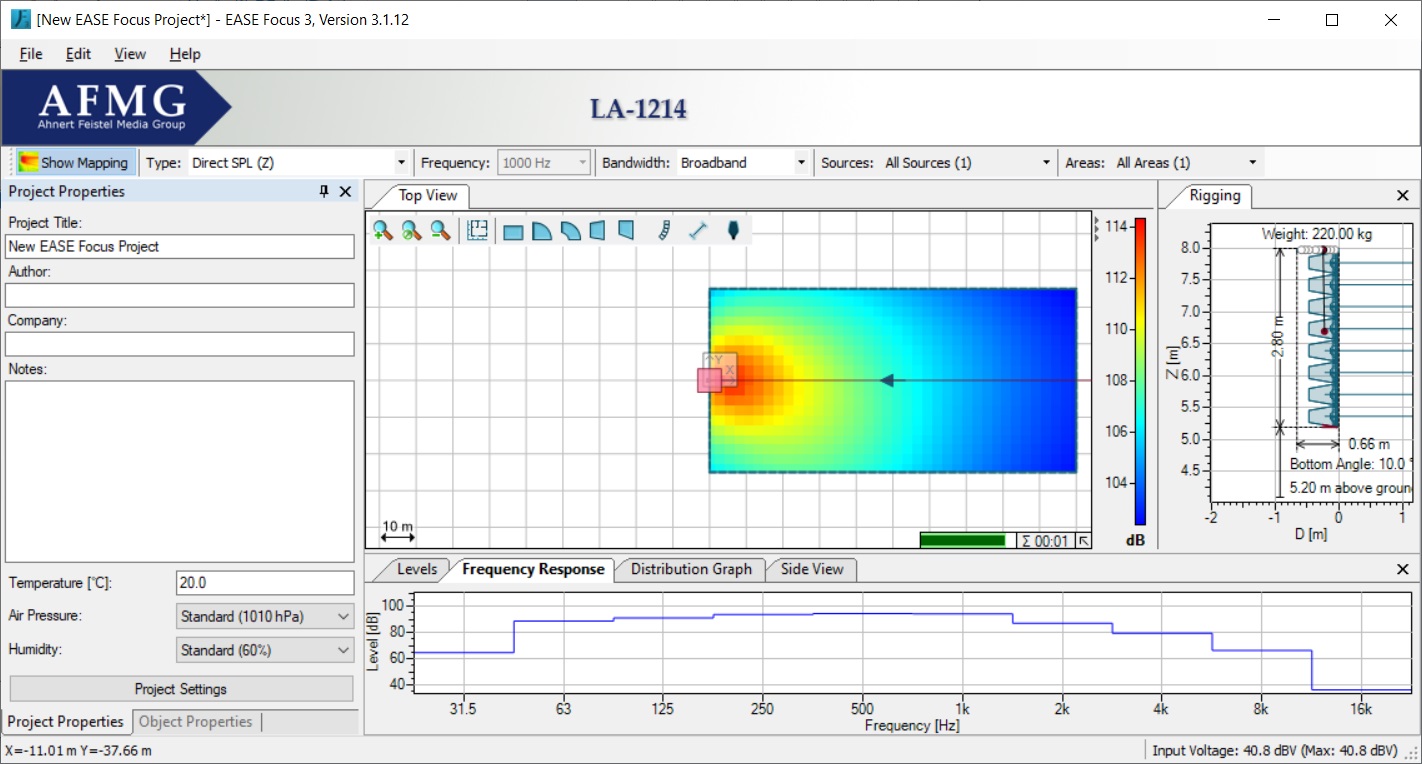


And it is labor intensive to disable the AGC on either channel since one has to compile platform-dependent kernel drivers for the acoustic modules. For instance, It is not feasible to disable the Automatic Gain Control (AGC) on the dual channels. Thus they do not provide APIs to flexibly configure the hardware for specific tasks. Difficult to fine-tune hardware configurations Existing platforms are data centric and do not focus on hardware.Meanwhile, the ability to simultaneously record stereo samples is also under utilization. However, no APIs are provided to extract audio samples from the rear microphone. This microphone actually performs better than the bottom one in the preferable inaudible frequency range. The microphone on the rear or back of smartphones are not utilized. This microphone is purposefully optimized for the audible frequency bandwidth below 8 kHz and suffers from severe distortions on higher frequency band. Existing work only provides mono channel measurements, which is mostly sampled from the bottom microphone on smartphones. Lacking full exploitation of acoustic modules.Also, we have demonstrated various interesting applications on our ASDP platform.ĪSDP aims to tackle the following issues that were not addressed by previous work: One can enjoy abundant APIs provided by ASDP to develop new and interesting applications, reducing the efforts on platform details, or exploit the flexible configurations of platform-specific features to give guidance for future acoustic management design both in hardware and software architecture. Like SDR in RF domain, ASDP can help researchers to inspect physical layer details in an acoustic sensing system and even provide plug-and-play hardware flexibility to incorporate new modules. We present an Acoustic Software Defined Radios Platform (ASDP).ĪSDP is a versatile communication and sensing platform that offers extreme flexibility for researchers fast prototyping and deploying acoustic sensing applications.


 0 kommentar(er)
0 kommentar(er)
